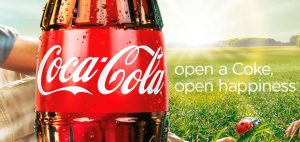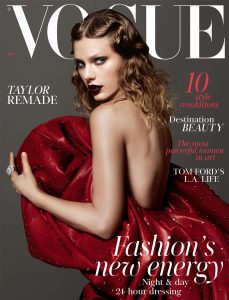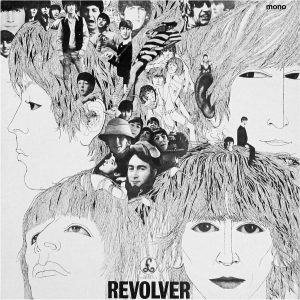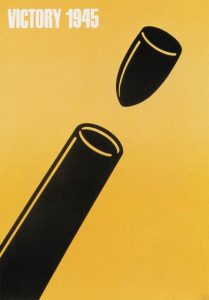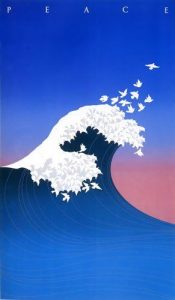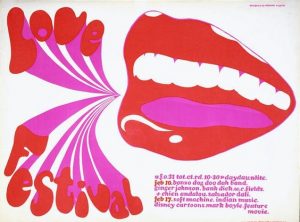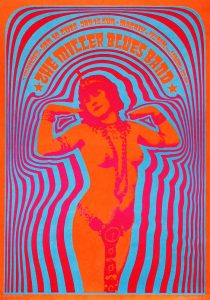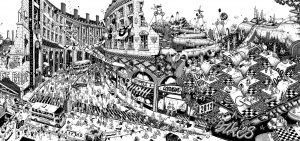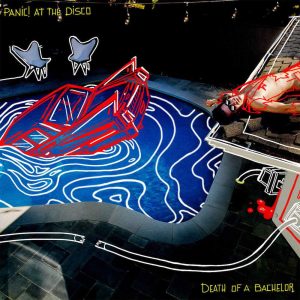During this research and communication course I have made great progress in analysing artists, advertisement,books etc. I have developed on referencing my work and looking more thoroughly into what inspires me and why. These tasks made me realise how much I don’t analyse my work or look into research as much as I should. Now knowing this I will improve these skills further for future projects that I get given.
I have learned to question what, where and why to establish my work more and more because you cannot ever stop questioning your work further. The research and communication tasks made me a better designer because I can look more in detail at other artists, the art history and events, and I can also question myself more to create the best work I can and reach my highest potential.
The task that I found most inserting was counterculture because it is not something that I have leaned about before so it was new and challenging. I also like the style of art in the 20th century so this task helped me find new artists in the 60’s and 70’s using books such as A Smile In The Mind, Graphic and Fifty Years Of Illustration which is now my favourite book for research because it has many different artists and references such as Victor Moscoso which creates psychedelic posters etc. As an aspiring illustrator I enjoy looking at different posters and styles that they can be produced. Shigeo Fukuda which is another artist that I looked at for the “Technology is the mortal enemy of art.” task and I think that his work is genius. It is like an illustrated illusion.
Researching art movements is also something that is new to me. It helped me further my knowledge and understanding of different time eras and the artists at that time. Seeing art transform and develop is exciting to me. I want to find out more and see how much further art can evolve. I do believe that in some ways art will always be quite similar in some form as I learned in the ‘Authenticity’ task. Also seeing how different methods of art represent that stage in time. For example: psychedelic art is referred to the 60’s because of artists such as Victor Moscoso, Rick Griffin, Martin Sharp etc, which were all artists in the 60’s that used bight colours and patters to make the poster or album cover look busy, full and psychedelic. This movement in the 60’s was popular because of the hippies that listened to psychedelic music, embraced the sexual revolution and many of them used drugs.
Overall I know that these tasks helped me in the long term to reach my highest potential via research, development and referencing what I do. It helps me look more in depth into what I am doing and why. I also enjoy using other methods of research such as using books, artist journals and magazines.
Reference
McAlhone, B., 2015. A smile in the mind. 5th ed. New York: Phaidon press
https://en.wikipedia.org/wiki/Hippie
https://www.grafik.net/category/archive/victor-moscoso
http://www.artnet.com/artists/rick-griffin/aoxomoxoa-ZzZp1565ucQnY6VJNx0UfA2
https://www.theguardian.com/artanddesign/2013/dec/06/martin-sharp
ZEEGEN, L. AND ROBERTS, C., Fifty years of illustration, In-text: (Zeegen and Roberts, 2014), Your Bibliography: Zeegen, L. and Roberts, C. (2014). Fifty years of illustration. 1st ed. Laurence king.
eisenbach, H., 2017. graphic. 1st ed. London: phaeton press.

